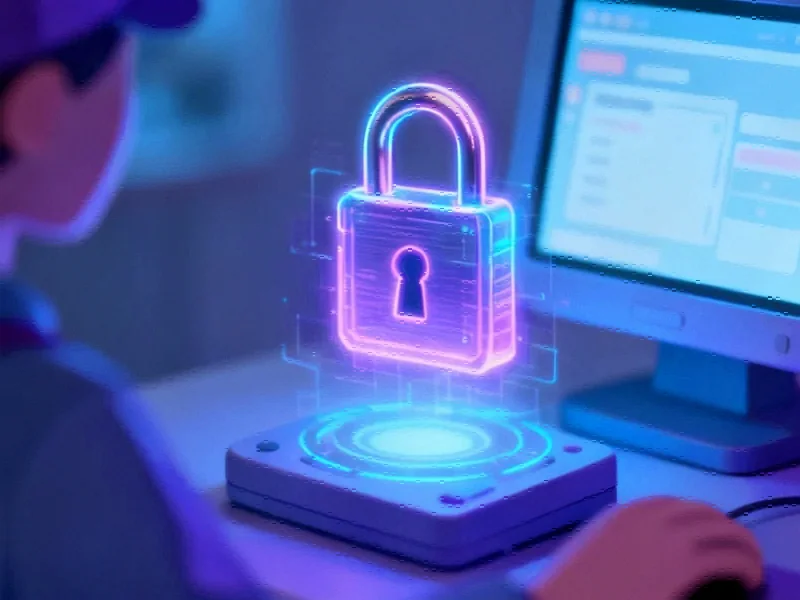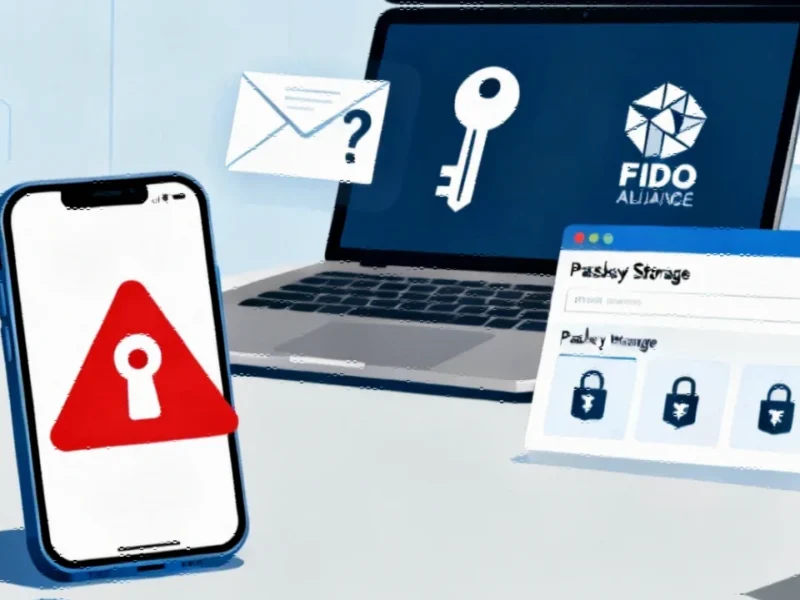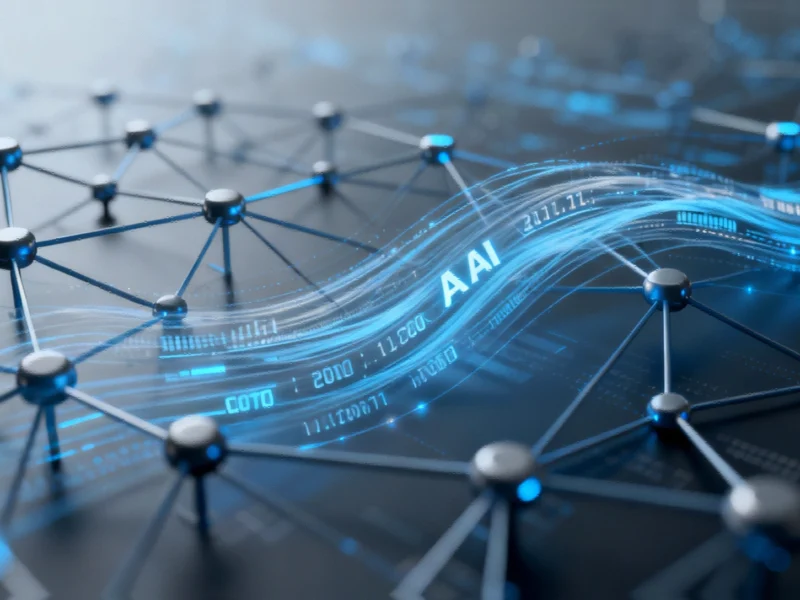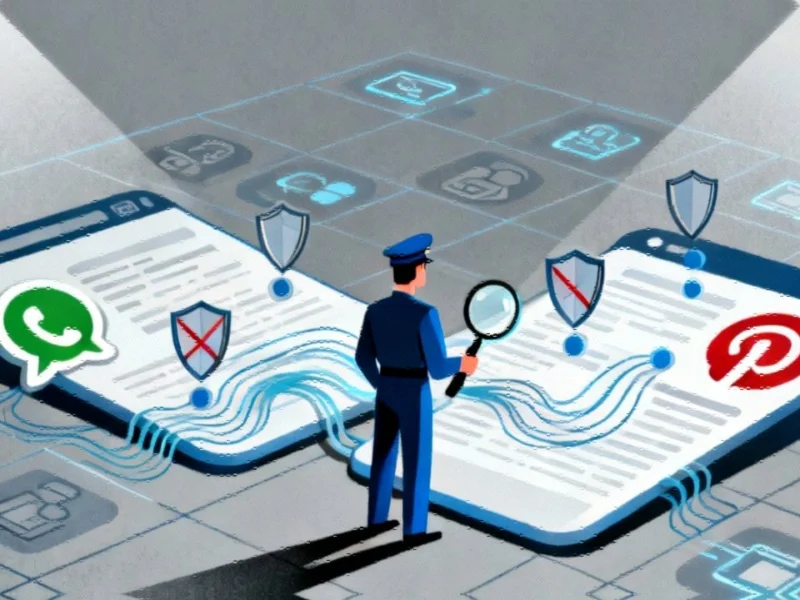The Rising Cyber Threat Landscape
South African small and medium enterprises are facing an unprecedented digital security crisis, with recent statistics revealing that one in three SMEs has fallen victim to cyberattacks. The threat has evolved from theoretical risk to daily operational challenge, demanding immediate attention from business leaders across all sectors. As John Dalton, Head of Engineering at SME services provider Lula, emphasizes: “Cybersecurity is no longer optional – it’s foundational. Small businesses must treat digital security with the same seriousness as physical security.”
Why SMEs Are Particularly Vulnerable
Small and medium enterprises face unique challenges in the cybersecurity landscape. Unlike large corporations with dedicated security teams and substantial budgets, SMEs typically operate with limited resources while managing the same sophisticated threats. This vulnerability becomes particularly concerning when considering that SMEs contribute approximately 40% of South Africa’s GDP, making their protection essential to national economic stability.
The timing is especially critical as businesses approach the high-volume trading period encompassing Black Friday and the festive season. During these peak transaction windows, robust cyber defenses become non-negotiable for safeguarding customer data, ensuring business continuity, and protecting financial transactions. Recent industry developments highlight how concentrated cyber threats have become during high-volume business periods.
The Tangible Costs of Cyber Incidents
Cyberattacks inflict damage that extends far beyond immediate financial losses. Businesses face operational disruption, reputational harm, legal consequences under the Protection of Personal Information Act (POPIA), and erosion of customer trust. The threat portfolio continues to diversify, including:
- Phishing scams targeting employee credentials
- Ransomware that encrypts critical business data
- Insider threats from current or former employees
- Invoice fraud targeting financial operations
These challenges mirror recent technology disruptions that have highlighted systemic vulnerabilities across business infrastructure.
Building a Resilient Cybersecurity Framework
Lula’s cybersecurity experts recommend a multi-layered approach to digital protection that addresses both technological and human vulnerabilities:
Advanced Access Control
Implementing strong two-factor authentication represents the first line of defense. Businesses should leverage biometric verification, passkeys, or one-time PINs to secure access to sensitive systems. Password management tools can help eliminate the dangerous practice of password reuse across multiple platforms.
Comprehensive Employee Training
Since human error remains the most common entry point for cyberattacks, regular cybersecurity training is essential. Employees should be equipped to identify phishing attempts, avoid malware infections, and maintain secure practices—particularly in remote work environments. This human firewall component often determines whether security measures succeed or fail.
Data Protection and Recovery Planning
Regular data backups stored separately from operational systems provide a critical recovery mechanism during ransomware attacks or system failures. Additionally, businesses must develop both incident response plans (detailing immediate actions during an attack) and disaster recovery plans (ensuring business continuity afterward).
These security considerations align with broader market trends toward resilient operational frameworks across industrial sectors.
Structured Data Access Protocols
Limiting access to sensitive data through clearly defined permissions, monitoring systems, and access logging helps mitigate insider risks. The principle of least privilege—granting employees access only to what they absolutely need—significantly reduces the attack surface.
The Strategic Imperative
“Cyber threats are evolving—so must your defences,” Dalton adds. “SMEs that invest in cybersecurity today are the ones that will still be standing tomorrow.” This forward-looking approach acknowledges that cybersecurity is not an expense but an investment in business longevity.
Modern business platforms like Lula’s banking solution incorporate multiple security layers, including biometric authentication, secure access protocols, and proactive defense systems powered by real-time global threat intelligence. These related innovations in security technology demonstrate how advanced protection measures are becoming more accessible to businesses of all sizes.
Looking Beyond Immediate Threats
The cybersecurity conversation extends beyond individual businesses to encompass national infrastructure and economic stability. As South African SMEs strengthen their digital defenses, they contribute to a more resilient economic ecosystem capable of withstanding evolving global threats. This parallels recent technology transformations in other regions where foundational industries are adapting to new operational realities.
For business owners seeking to begin their cybersecurity journey, solutions like Lula’s Free and Unlimited Business Bank Accounts offer integrated security features alongside real-time human support, payment controls, and multicompany management capabilities—providing both protection and operational efficiency in a single platform.
The message is clear: in today’s digital economy, cybersecurity has transitioned from technical concern to strategic business imperative. South African SMEs that recognize this reality and act accordingly will not only survive the evolving threat landscape but thrive within it.
This article aggregates information from publicly available sources. All trademarks and copyrights belong to their respective owners.
Note: Featured image is for illustrative purposes only and does not represent any specific product, service, or entity mentioned in this article.



